
Maintaining SCD Outdoor Retractable folding Awning: Fabric Care
Owning an SCD Outdoor Retractable Awning is an good investment. Whether you have chosen a retractable awning or a stationary shade unit, know that awning ownership comes with initial upfront costs, but also has ongoing maintenance costs. These upkeep costs will vary from model to model, but your initial investment is absolutely worth protecting over the long term. It is undoubtedly cheaper to protect your awning investment with regular maintenance rather than have to replace it every couple of years.
There are many factors to consider when caring for your awning and its fabric. In this article, we are going to do a deep dive into the world of awning maintenance and how to make your fabric last for many years to come.
How Frequently Should I Clean My Awning Fabric?
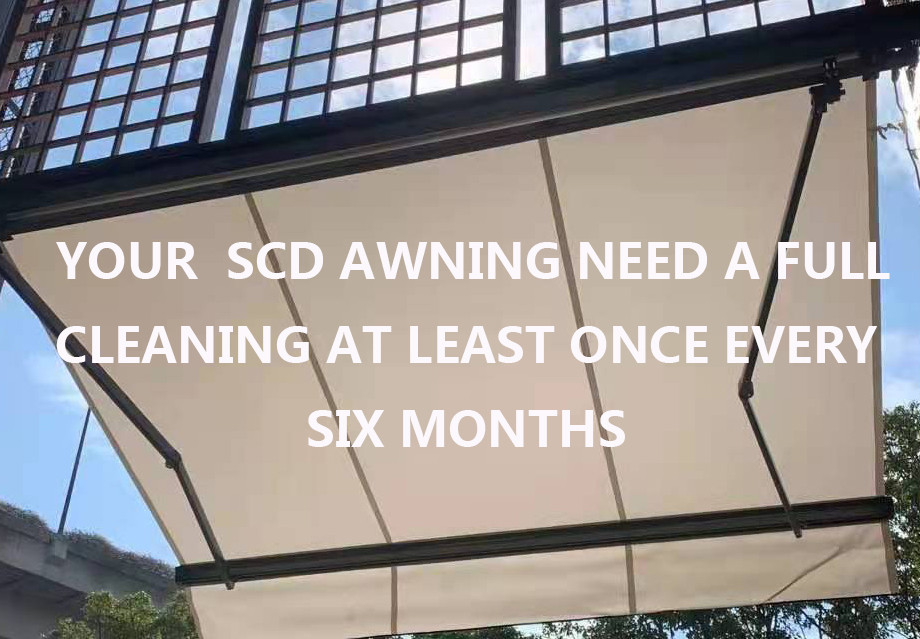
The general rule of thumb for awning cleanings is to do a full cleaning at least once every six months. If you use this as your yardstick for bare minimum maintenance, your awning should last you a handful of years before it becomes unsightly or non-functional. If you happen to live in an area that is near the ocean or is surrounded by heavy vegetation (such as a farm), you may want to consider performing maintenance on a more regular basis.
The rule of thumb for homes with high salt residue is to clean your awnings as often as you clean your windows. For some, this will mean cleaning your awning every three months, while others will be doing maintenance on a monthly basis.
*Pro Tip:* In order to avoid having to do double the work, wash your awning first and then wash your windows. This will prevent the debris on top of your awning from mucking up your newly cleaned windows.
Fighting Off Mold and Mildew
Here at Guangdong Shuncaida Awnings, we not only utilize France/Spain/Germany made Top outdoor Fabrics in our awning products. Germany Swela® fabrics we used are by far the best quality awning fabric on the market today. They are naturally resistant to mold and mildew and can stand up to the toughest of mother nature’s elements. While this fabric is impressive, it cannot do all the work on its own. This is where regular maintenance comes in.
Regular rinsing or washing off your awning with water will prevent mold and other pollutants from embedding themselves into the weave of the fabric. If left unchecked, mold in your fabrics can cause premature deterioration of your awning fabric. As mentioned above, fabrics are naturally resistant to mold and mildew. Unfortunately, the layer of dirt that inevitably builds up on your awning is not resistant to mold and mildew and will eventually promote microbial growth. Keeping the fabric clean will prevent this from ever happening.
*Pro Advise:* Darker color awning fabrics are really good at hiding dirt and mold. Don’t be fooled by this; keep your maintenance schedule the same as if your awning were stark white.
Homes Near the Ocean
If your awning is protecting the backyard of an ocean adjacent home, you’ll need to be aware of the effects that salt deposits can have on your property. As all beach side homeowners know or eventually learn, the increased salt content in the air can leave salt deposits on your home or car’s paint jobThese salt deposits are left overnight then dry during the day and leave behind thousands of tiny salt crystals. The crystals act as tiny magnifying glasses that will increase the rate of deterioration of your paint. The same is true for the lifespan of Swela® awning fabrics if left uncleaned.
Hiring an Awning Cleaning Company
If you are not the type of person who can realistically commit to performing regular awning maintenance, it might behoove you to invest in a company that can.When evaluating the services of a professional firm, you should inquire about a firm's experience in working with outdoor awning fabrics and knowledge of cleaning and re-treatment requirements. Most professional awning companies will offer standard cleaning services,such as:
1.Soaping and brushing the top of your awning(s)
2.Heavy rinsing
3.Sidewalk rinsing post cleaning
*Pro Tip:* Most companies won’t perform underside brushing if there are any obstructions in the way such as grates, electronic equipment, lighting fixtures, or bird repellant devices.
In addition, some companies may also offer optional add-on services such as:
-Underside soaping
-Underside brushing
-Complete window cleaning
-Protectant coating application
*Pro Tip:* New SCD awnings come with a protectant coating already applied. However, the coating does wear off over time. Most manufacturers recommend re-application about every 2 years.General Tips for Do-It-Yourself Maintenance
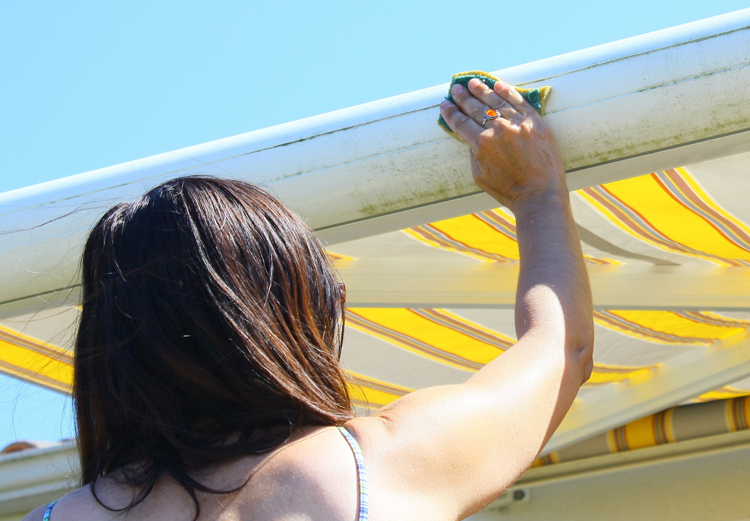
If you decide to maintain your awning on your own, follow these handy tips to keep your awning in tip-top shape.
Hose it down monthly: One of the best ways to keep SCD outdoor awning fabrics looking good for a long time is to hose your fabrics off on a monthly basis with clean water. This helps prevent dirt from becoming deeply embedded in the fabric and eliminates the need for more frequent or vigorous cleaning. In most environments, a deep and thorough cleaning will be needed every two to three years.
Air dry only: SCD Outdoor awning fabrics should only be allowed to air dry. Do not place outdoor heat lamps or heaters near a wet awning as it may cause the fabric to warp. Electronic fans can be used to speed up the drying process if necessary.
Clean on the frame: When it's time for a thorough cleaning,the outdoor awning fabrics can be cleaned while still on an awning frame or, size permitting, they can be removed to aid in the cleaning of stubborn stains or for professional cleaning
*Pro Tip:* Be aware of the environment when cleaning with bleach. Bleach can have harmful effects on the natural environment around you. We do not advise using bleach if you are surrounded by a body of water or other environments that could be affected.
Performing a Light Cleaning
Here are the step-by-step instructions for cleaning your awning while it’s still on the frame:
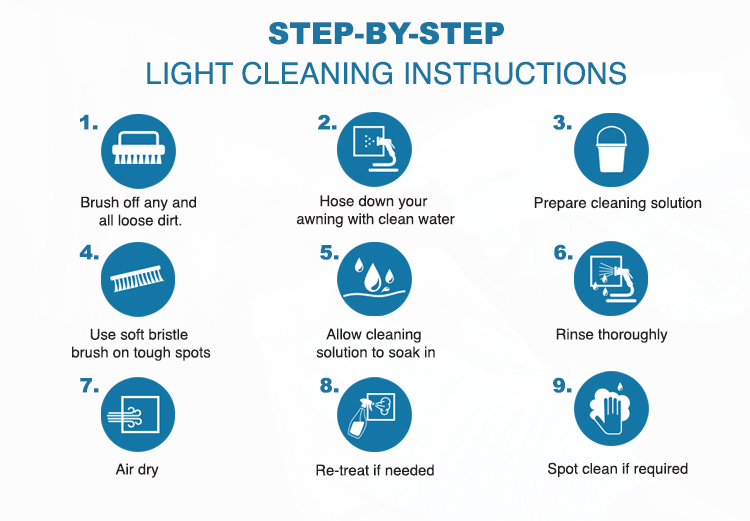
Heavy Cleaning for Stains and Mildew
SCD Awning Series fabrics do not promote mildew growth, however, mildew may grow on dirt and other foreign substances that are not removed from the fabric. To clean stubborn stains, follow these simple steps:
1.Prepare a solution of 1 cup of bleach and 1/4 cup mild soap per gallon of clean water.
2.Allow mixture to soak into the fabric for up to 15 minutes.
3.Clean with a soft bristle brush. This step should be avoided when cleaning the coated side (backside) of SCD awning fabric Plus, Supreme, or Clarity.
4.Rinse thoroughly until all soap residue is removed.
5.Air dry.
6.Repeat if necessary
7.Re-treat the fabric for water and stain resistance after using a bleach solution.
Retreating Your Fabrics
SCD retractable/ fixed/conservatory/ vertical Awning Series fabrics are treated with a proprietary water and stain repellent finish that is designed to last for several years. However, it may require replenishing after a thorough cleaning. Follow these steps to re-treat your awning fabric.
1.Clean your fabric using one of the cleaning methods listed above.
2.Allow to completely air dry.
3.Apply retreatment in a well-ventilated area following instructions on the container.

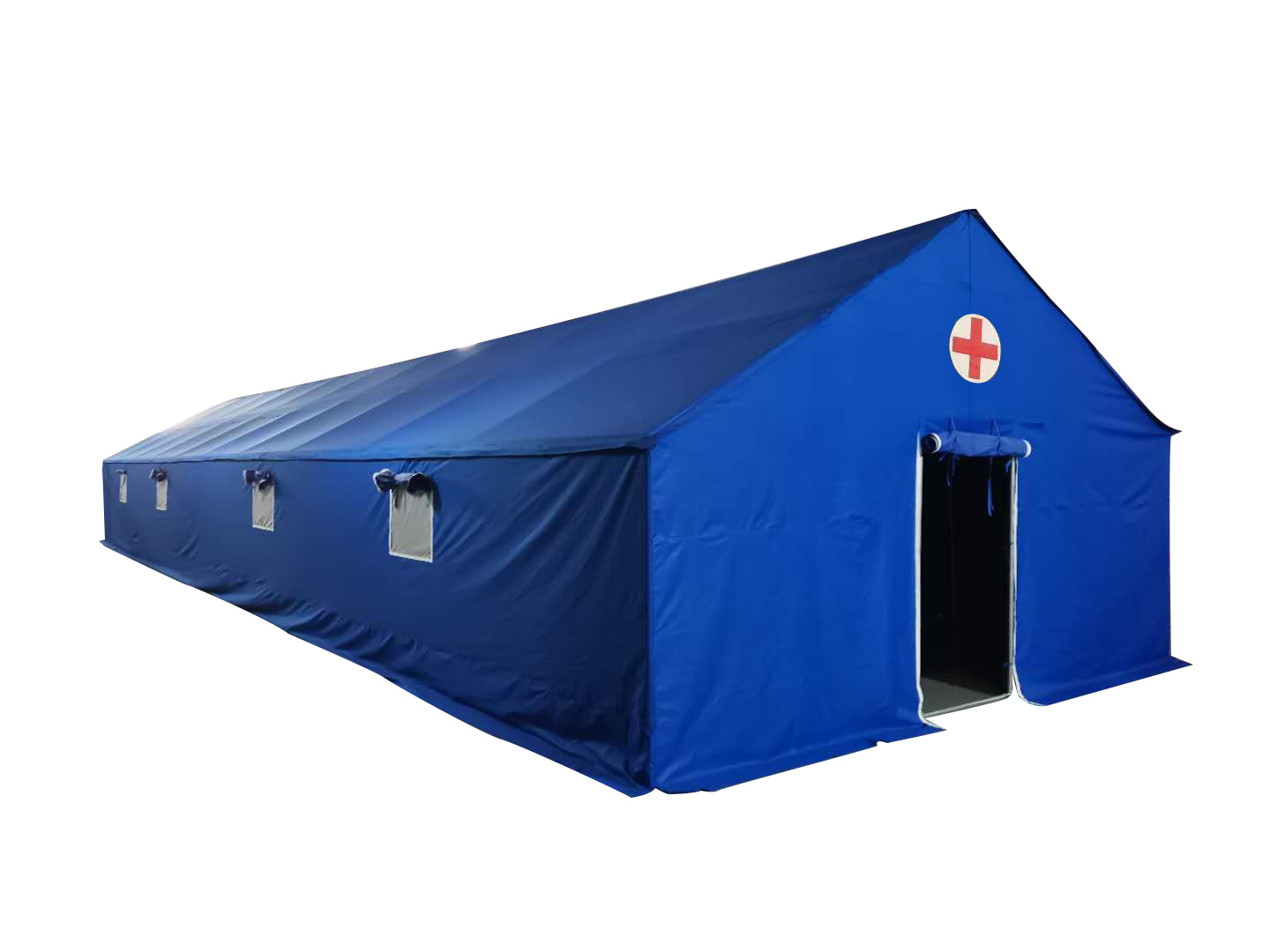

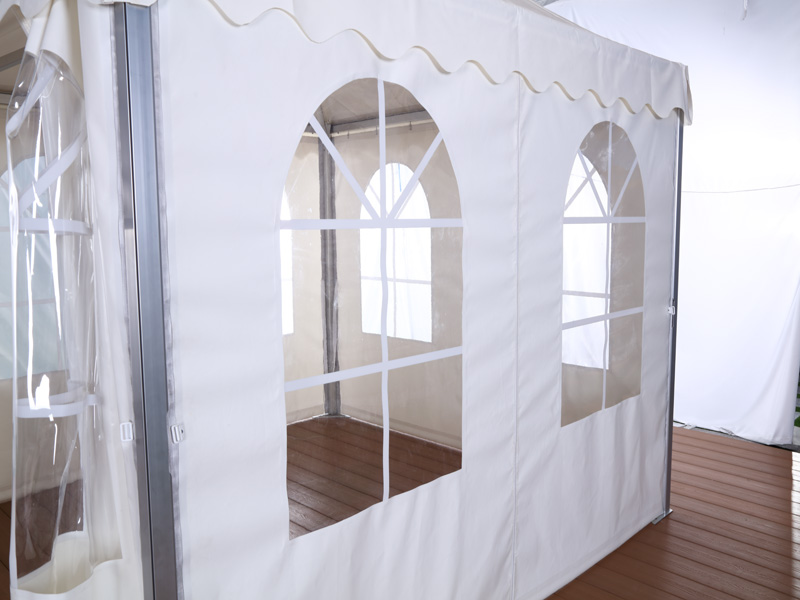
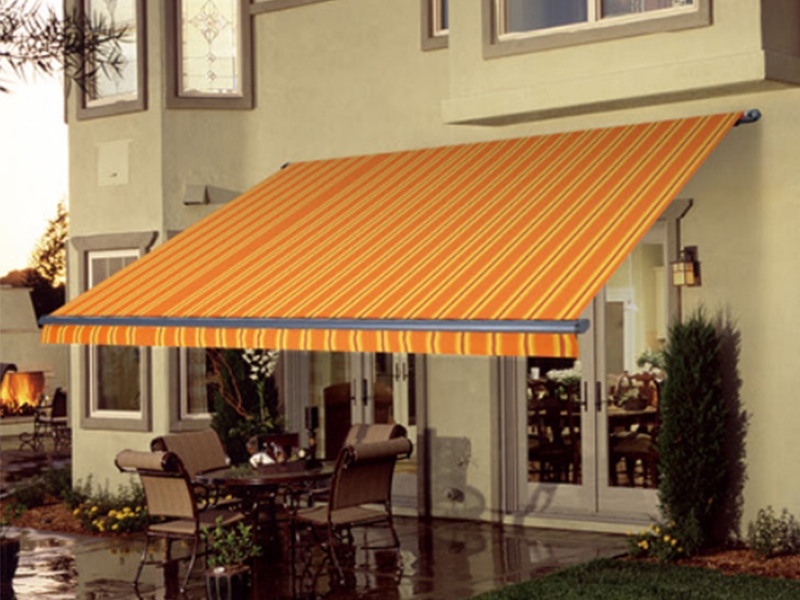
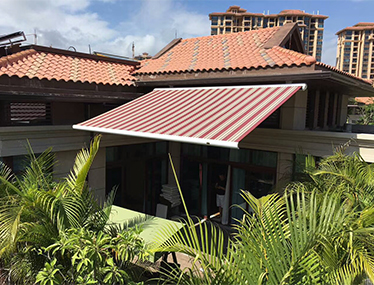
Leave a comment